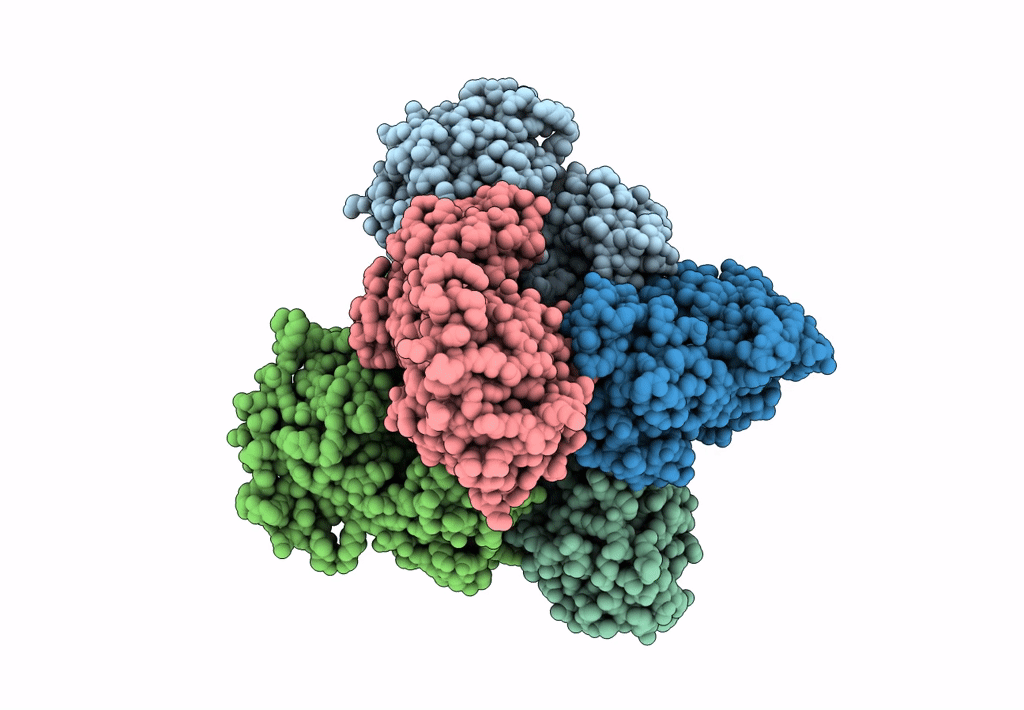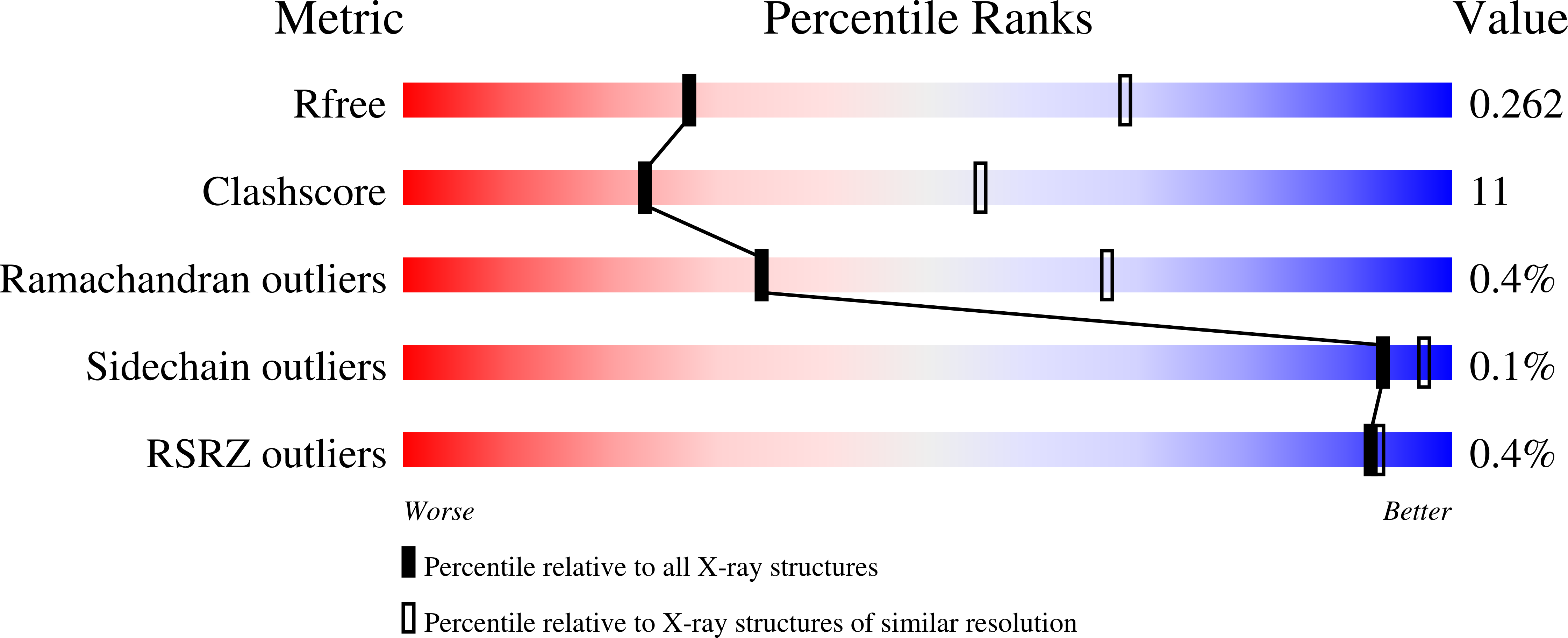
Deposition Date
2022-10-13
Release Date
2023-08-30
Last Version Date
2023-08-30
Entry Detail
PDB ID:
8BBK
Keywords:
Title:
Crystal structure of human Sirt3 in complex with a fragment of the human AROS protein
Biological Source:
Source Organism:
Homo sapiens (Taxon ID: 9606)
Host Organism:
Method Details:
Experimental Method:
Resolution:
3.27 Å
R-Value Free:
0.26
R-Value Work:
0.20
R-Value Observed:
0.20
Space Group:
P 32 2 1


